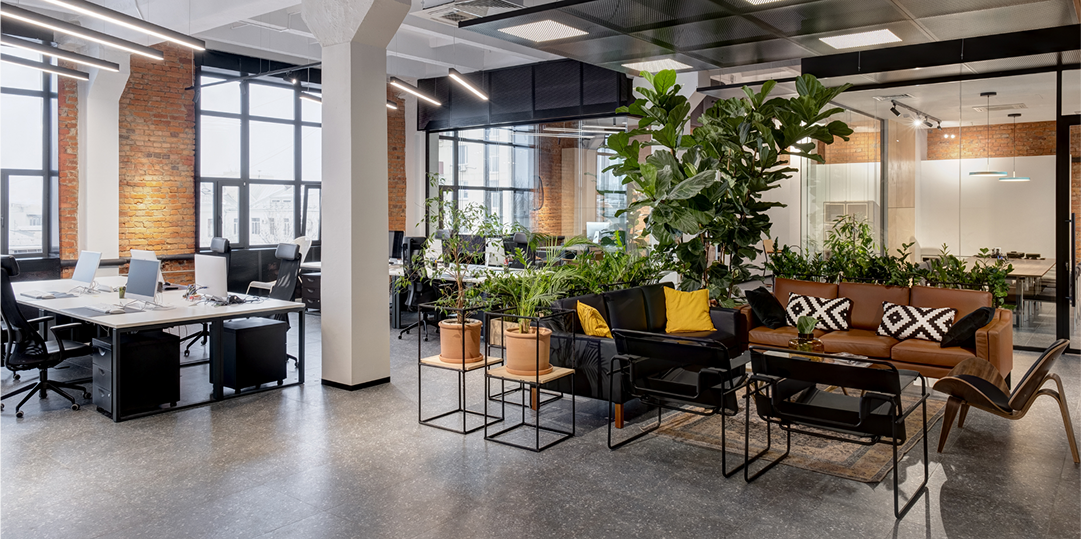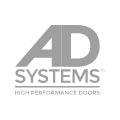Lorem ipsum dolor sit amet.


Sliding doors have changed significantly since they first came to market. While initially their use was limited, developments in sliding door technology have allowed them to open previously unattainable design possibilities in health care, commercial, educational, residential and institutional settings.
How have sliding doors evolved since they first appeared in the late 1800s?
Sliding doors first appeared in the late 1800s as open-track and flat-track systems for barn and stable door applications. These systems were dangerous because the trolleys were prone to unseat from the track. During the 20th century, enclosed box tracks, bottom rollers and aluminum frames improved the safety and aesthetics of sliding door systems.
In the early 2000s, as interior designers sought to create more comfortable, homier aesthetics in commercial spaces, office sliding doors provided a modern edge in terms of looks as well as intuitive and space-efficient operation. However, they had narrow use since first-generation commercial sliding doors offered limited functionality. These systems were also not able to meet many of the requirements for healthcare interior designs, flexible learning spaces in education and other commercial and institutional projects.
Select commercial sliding door manufacturers addressed these needs to develop systems that meet critical benchmarks and requirements for functionality and safety—all while maintaining a cutting-edge design aesthetic. Perimeter and drop-down seals improve acoustic ratings and help meet pressurization requirements in hospital room door design. These seals also help commercial sliding door systems meet smoke and fire rating requirements.
Available in multiple configurations and operator types, these door systems can help designers achieve more design flexibility in more areas of the built environment.



Want AD Systems in your inbox?
Sign up to receive product updates, news and information from Ives sent directly to your inbox.
Let us help.
Contact us today to talk about your project needs.






















